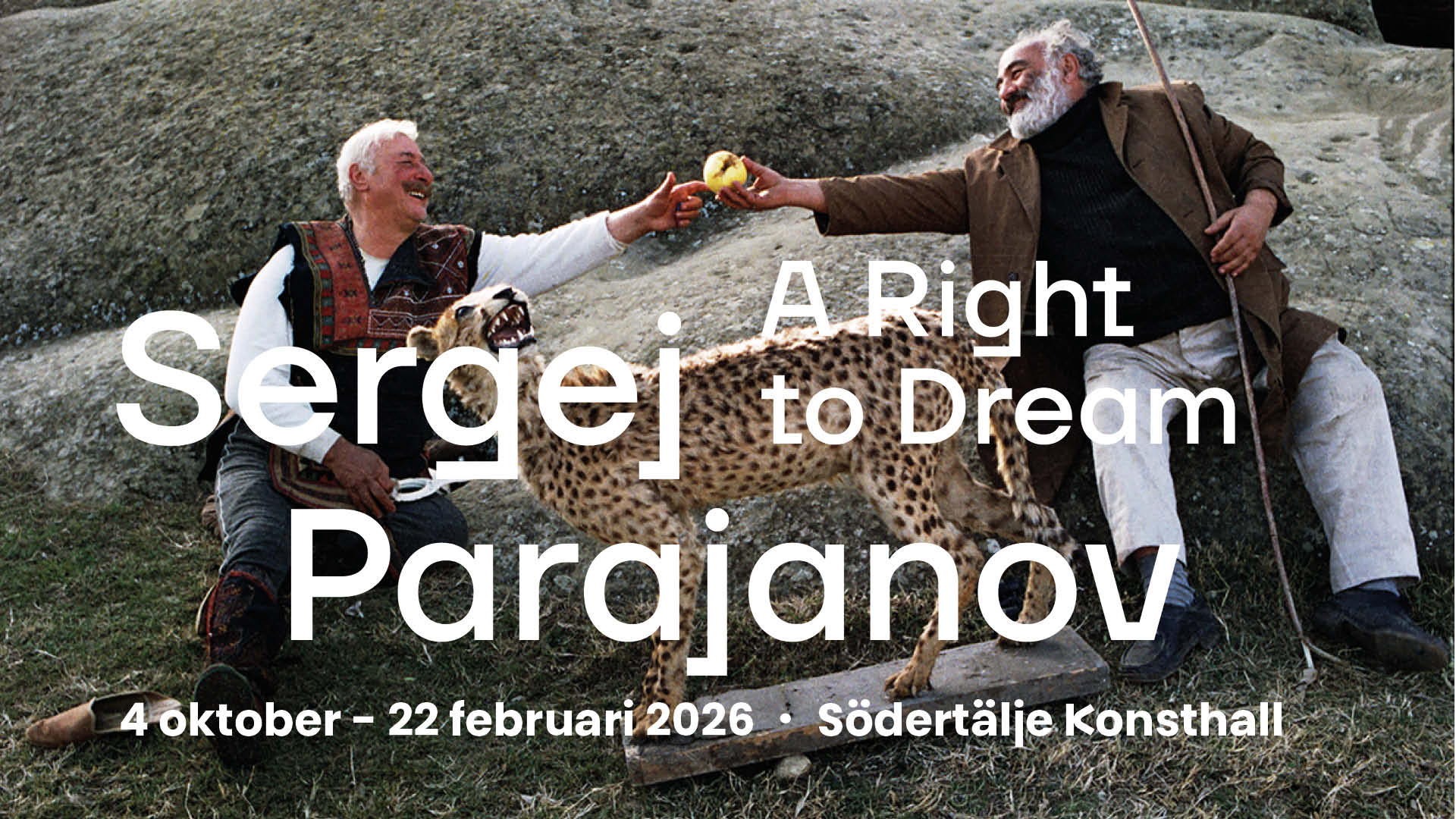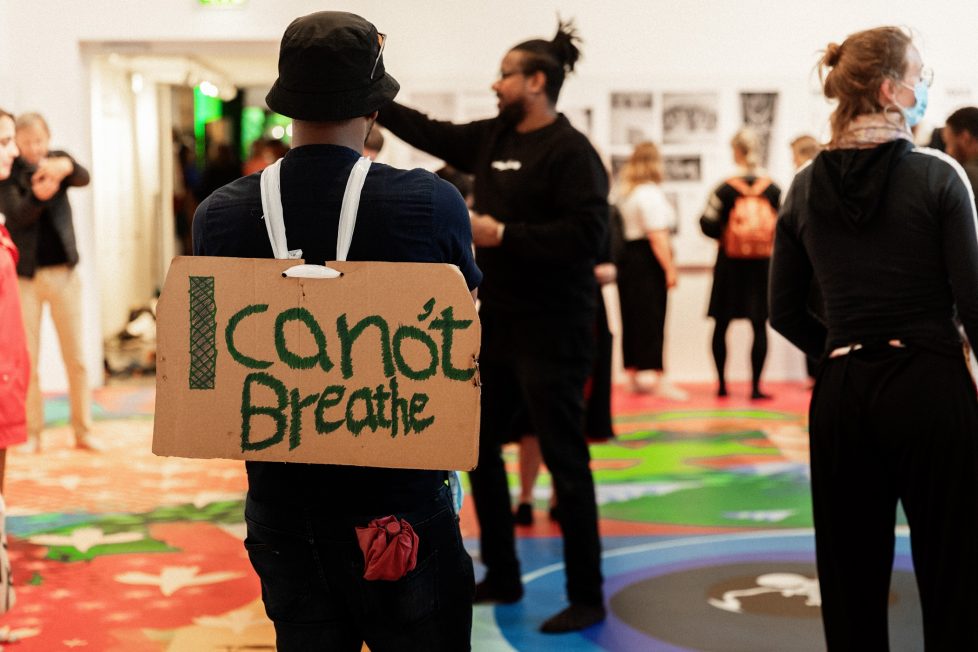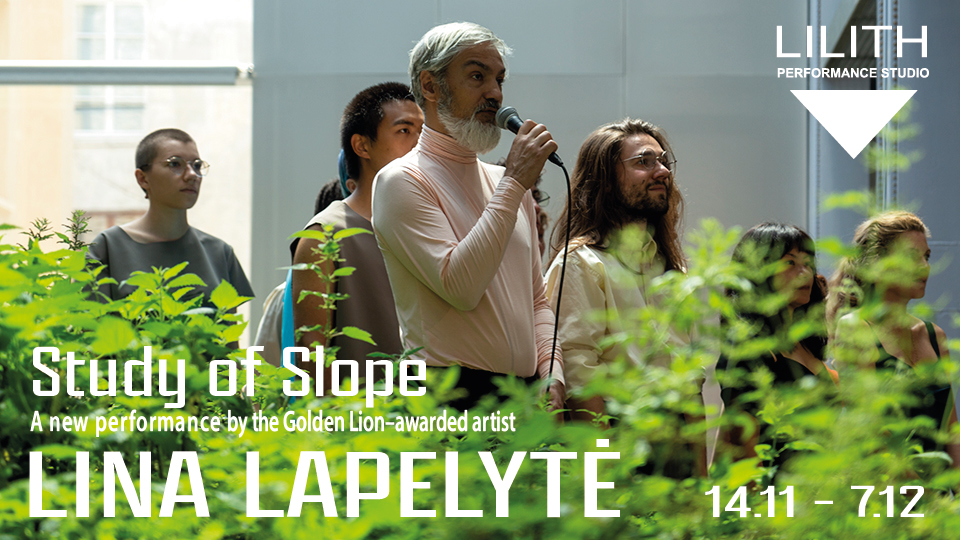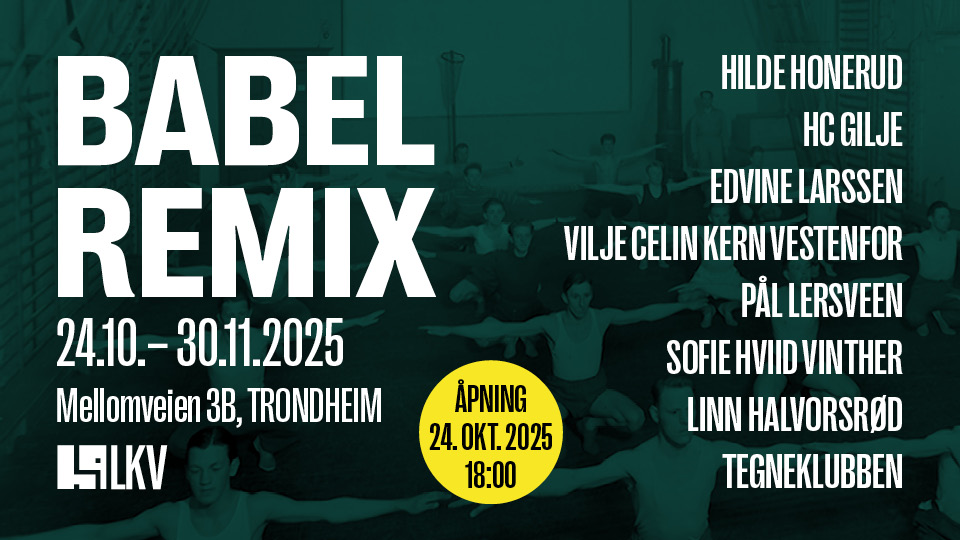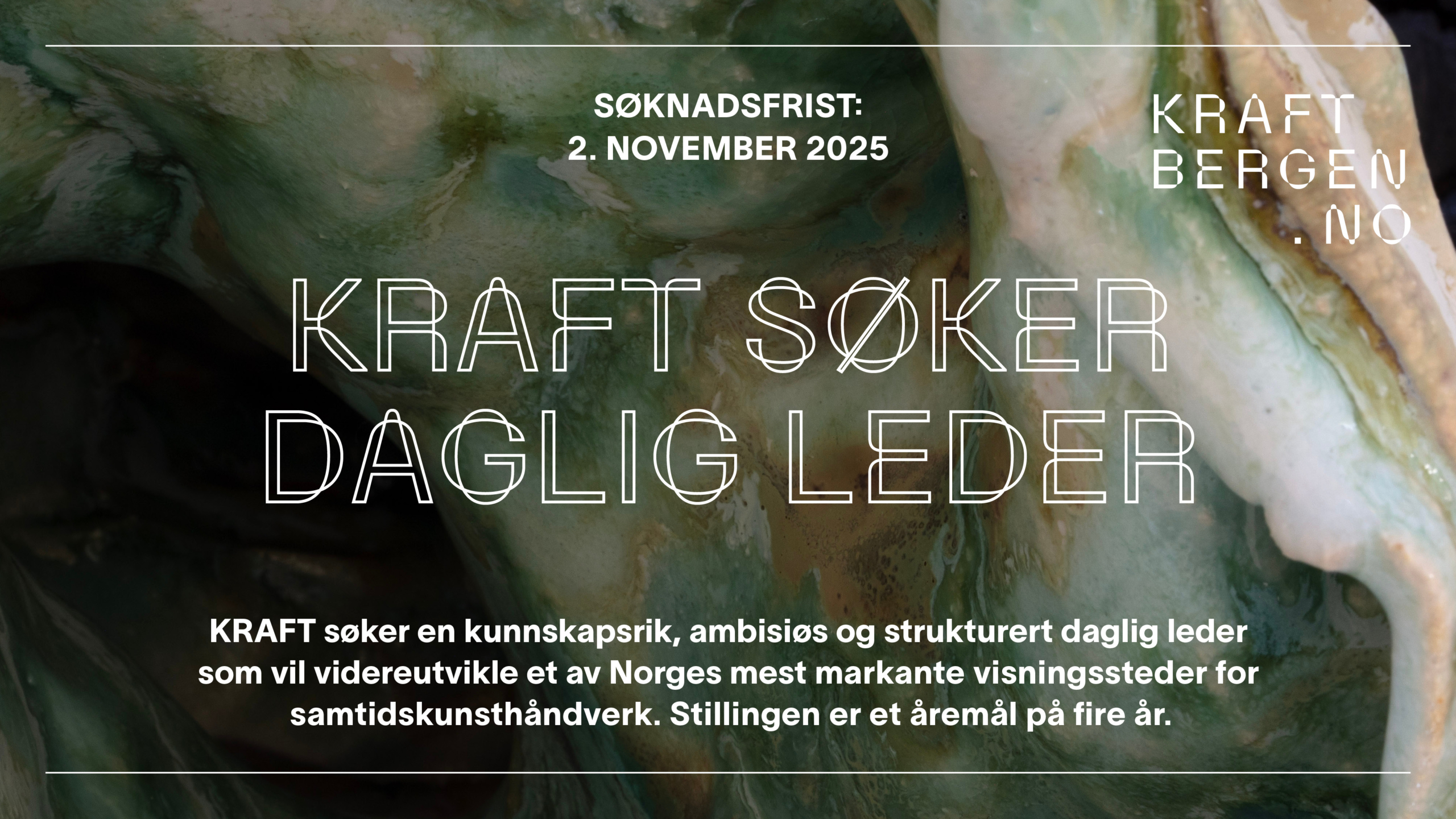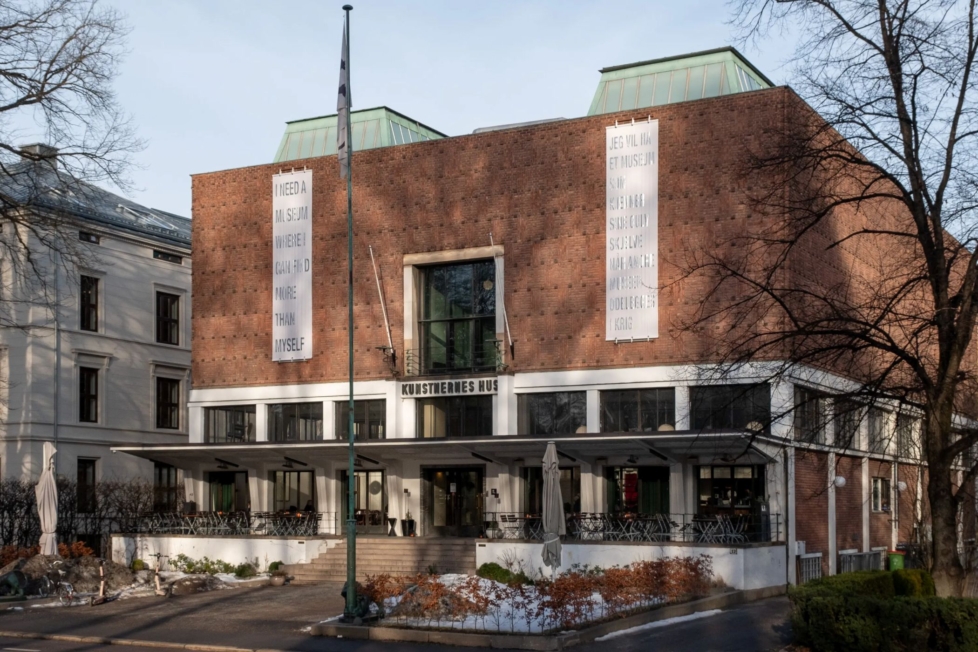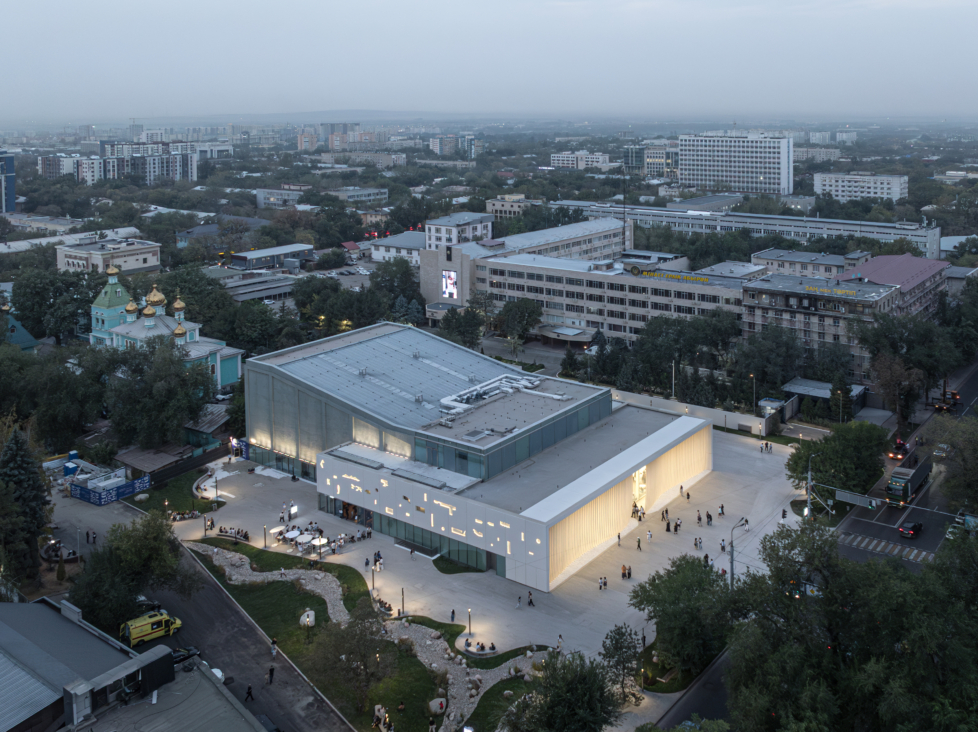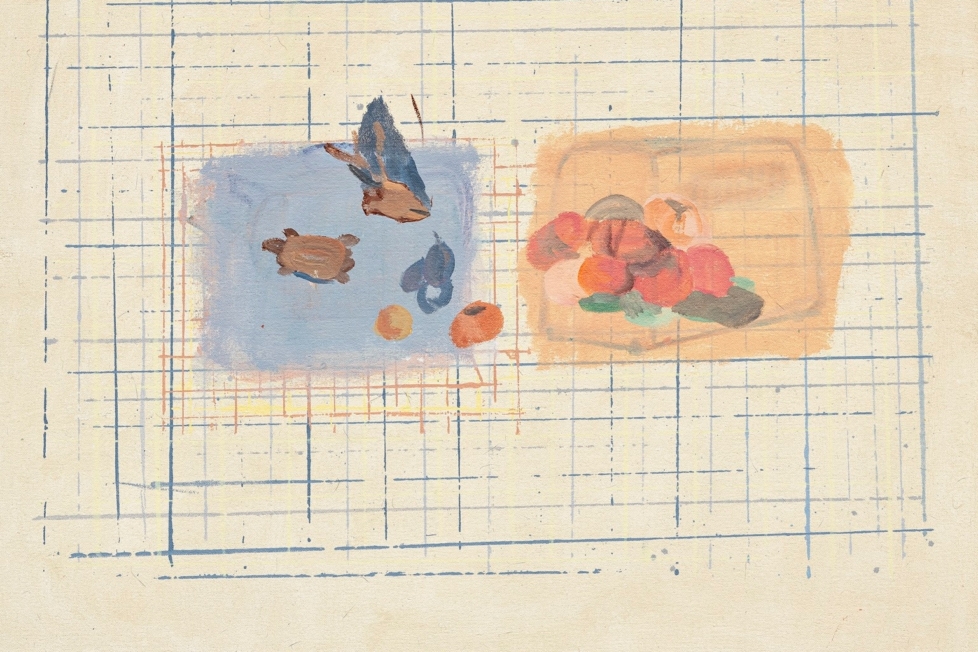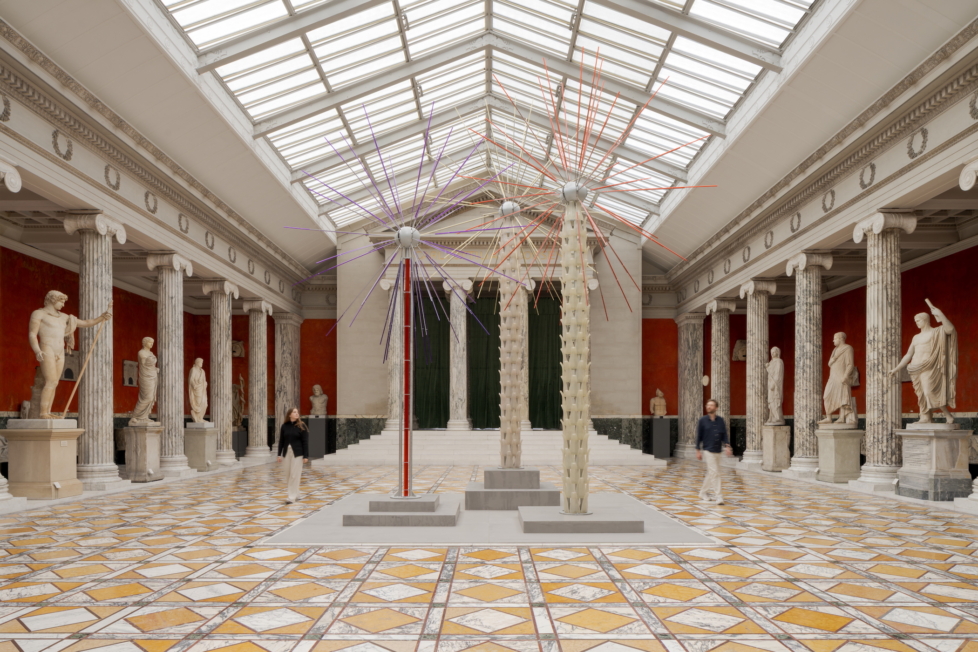
A great deal has happened over the past five years. Looking back, 2020 marked the beginning of the Covid pandemic, the final year of Trump’s first presidential term, the height of the Black Lives Matter movement (the George Floyd protests), the Women’s March, and similar mass mobilisations. It was also a time when both public and private institutions in Norway, the Nordic region, and on both sides of the Atlantic claimed to be engaged in diversity and anti-discrimination work – what is referred to in the American context as DEI, short for Diversity, Equity, and Inclusion. There is no single standard, but the term generally refers to efforts to promote diversity and anti-discrimination across both public and private institutions.
In 2025, the situation looks entirely different. At the time of writing, DEI has become one of the primary targets of the second Trump administration. The aforementioned mass movements have either become dormant or collapsed altogether due to a lack of vigilance, engagement, and internal conflict. The absence of solidarity across communities, institutions, and national borders has further contributed to fragmentation and mistrust within the cultural sector. Ongoing attacks on diversity and anti-discrimination work, the justification of funding cuts to the arts, the rise of right-wing populism, and the dismantling of the welfare state have pushed the cultural field into a defensive position.
Debates about “identity politics,” “wokeness,” and “cancel culture” have been replaced by questions such as: Is public funding for the arts really necessary? Why does the cultural sector look down on so-called popular culture – the kind of culture that “ordinary people” (whatever that may mean) actually care about? Or, as stated in the programme of the Progress Party (Fremskrittspartiet) in Norway, a potential governing party that champions a mix of neoliberalism and right-wing populism: “The goal of cultural activity should not be public funding, but rather that the cultural sector, as far as possible, can sustain itself by engaging its audience. It is ordinary people, not politicians, who should decide what they want to watch and listen to.”
The Progress Party could return to government as early as this autumn. The question is whether multi-billion kroner cuts to the cultural sector truly reflect the artistic preferences of “ordinary people.” Surely slashing the budget of NRK, Norway’s national public broadcaster, would be a clear win for “ordinary people” who love their Easter crime dramas? Or let’s take it a step further: Would Jon Fosse have been awarded the Nobel Prize in Literature if he hadn’t also received an annual government stipend (since 2001) and been granted residence in the honorary state-owned residence, Grotten?
The cultural sector moves between begging for money from public authorities, cosying up to wealthy private donors, and engaging in polemics about freedom of expression and artistic freedom, instead of addressing the essential questions: Why do art and culture matter to everyone, and why is defending them essential? It’s not simply a question of money and budgets; arts and culture are part of our daily lives. To view a production like Europavisionar (Visions of Europe, Det Norske Teatret, 2025) is to experience something that goes beyond mere entertainment; it concerns the value of aesthetics and the power of art to move us. The interactive play explores Europe’s recent history, from the fall of the Berlin Wall to Russia’s annexation of Ukraine. It asks what kind of political visions we want for Europe. Over the course of an evening filled with music, laughter, and fun, the audience takes part in voting on different political visions and values.

The same goes for visiting an Edvard Munch exhibition or attending a poetry reading. Whether highbrow, lowbrow, or somewhere in between, culture offers us both answers and questions about life and everything in between. Put perhaps a little grandly: Culture is like the oxygen we breathe, vital and enriching.
The culture wars and the actual wars
Several issues should be addressed. Firstly, the public debate on arts and culture is increasingly shaped by the rhetoric of the culture wars. This is partly due to the spread of the far right’s views on arts and culture, but in Norway it is also a result of a series of controversies within the cultural sector in recent years, such as the Ways of Seeing controversy, the debates about the Oslo National Academy of the Arts (KHiO), and the uproar in response to the Free Speech Commission (Ytringsfrihetskommisjonen) and the so-called ‘Waste ombudsman’ (Sløseriombudsmannen). These were all debates that revolved around questions of freedom of expression and artistic freedom.
Ways of Seeing was a theatre production staged at Black Box Theatre in Oslo in November 2018. The play explored themes of right-wing populism, racism, colonial history, surveillance, and political violence. It sparked intense debate following attacks from right-wing populists and members of the Progress Party-Conservative coalition government, including Prime Minister Erna Solberg. Critics claimed that the actors’ use of images of politicians’ private homes caused discomfort and posed a security threat to them and their families. After the home of Tor Mikkel Wara, the Minister of Justice, was subjected to vandalism and threats, his then partner was convicted of the acts. The incident ultimately led to the minister’s resignation.
Since 2014 Sløseriombudsmannen has run a social media campaign against what they referred to as a “waste of public funds” within the arts and cultural sector. The campaign was ideologically driven, as they identify with the political right. Their supporters argued that it is important to question what kinds of art and culture are funded with “our tax money,” while critics accused them of singling out individual artists and artistic practices. This was especially contentious during the period when Sløseriombudsmannen remained anonymous, until their identity was eventually revealed in 2021.
The KHiO debate was sparked in 2020 when a number of students signed a petition calling on the Oslo National Academy of the Arts (KHiO) to address racism, discrimination, and sexual harassment within the institution. This was followed by a smaller group of students who sought to challenge what they described as “identity politics” at Norway’s largest art school. These students argued that the quality of teaching was being compromised as a result. In some sections of the public debate, this latter group was portrayed as “victims” or as being “persecuted.” The academy’s principal, Måns Wrange, later stepped down, partly as a result of the controversy.
Ytringsfrihetskommisjonen (2020-2022) was the second such commission appointed by a Norwegian government to examine the state of freedom of expression in the country. In contrast to the 1999 commission, which had a specific mandate to review the constitutional article on free speech, this commission was tasked with examining the broader climate for expression and the culture surrounding free speech, rather than legal frameworks. The commission included several of the country’s most prominent culture warriors and provocateurs, which only served to further polarise public debate, particularly within the arts and cultural sector.

Today, in a time marked by both real war and trade war, culture is not high on most people’s list of priorities. For many, it comes second – or even last – to issues such as ceasefires in Gaza and Ukraine, trade barriers and economic conflict, military build-up, environmental disasters, and growing inequality. In a recent voter survey conducted by Respons Analyse for the newspaper Aftenposten, defence and security policy, inequality, employment, and the economy topped the list of issues voters care about. Why should anyone have strong opinions about a new National Theatre when we’re being told that the Russians might invade Finnmark unless we spend billions on defence? Why should anyone worry about what happens to Kunstnernes Hus when the Norwegian krone is so weak?
But it would be a mistake to view cultural policy and cultural debates in isolation from everything else happening in our societies. These debates and controversies are a symptom of something larger and more troubling – and for that very reason, they are no less important. They reflect how the welfare state, or the Nordic model, is under attack not only from neoliberal cheerleaders, but also from wealthy elites who have aligned themselves with right-wing populists and nationalists on both sides of the Atlantic. The cultural sector has become an easy target. When the far right frames the cultural field as primarily made up of “left-wing” activists, the battle against art and culture becomes a political and ideological war against their opponents, not just a rejection of art they dislike. We might suspect that the far right has taken a page from the Italian Marxist Antonio Gramsci’s (1891–1937) theory of cultural hegemony. Gaining access to political and economic capital isn’t enough; to gain power, they must also become the dominant force in the cultural sphere. To achieve this, they aim to weaken those who currently hold the most cultural capital: the urban, left-leaning middle class.
Art and culture aren’t only created by, consumed by, or defended by the cultural middle class. They concern all of us, whether we’re avid readers of the arts and ideas section of a highbrow newspaper like Morgenbladet or fans of dance band music.
On public waste and the unsupportive cultural sector
I would like to see the cultural sector, artists, and critics stand up for the intrinsic value of art, rather than adopting a defensive stance in polarised debates or accepting the terms set by neoliberals and right-wing populists. We should proudly defend artistic styles, performances, and literary works that we may not necessarily like or understand, while still upholding their right to be created and shared with the public. Tax money funds many things that are open to debate, including arts and culture. Waste of public funds is a legitimate concern, and should be discussed and prevented. But let’s be honest: it is hardly the Ministry of Culture that is responsible for the most egregious excesses. Very few people would argue that roads, hospitals, or nurseries should not be built. Yet the arts and culture are often treated as non-essential. I am not claiming that a new National Theatre should necessarily take precedence over infrastructure projects, but it should be defended against attacks from charlatans and demagogues who cannot remember the last time they set foot in a theatre or museum. These are the same people who believe everything can be calculated in spreadsheets, while at the same time showing contempt for art and artistic freedom.

I also miss seeing institutions move beyond apolitical posturing and stand up for colleagues and others facing funding cuts – or worse, bombing or genocide. I am thinking in particular of major museums such as Munch and the National Museum, which have not done enough to defend the art and culture of Palestine, currently subjected to culturcide by the state of Israel. This is something that has been ongoing for 76 years, not just the past two. Culturcide refers to the destruction or eradication of a people’s or nation’s culture. The Polish-Jewish lawyer Raphael Lemkin included this in his definition of genocide, a term he was also the first to introduce in a 1944 publication. Lemkin cited the then ongoing genocide of Europe’s Jews (the Holocaust) and the Armenian genocide, which took place from 1915 to 1923, as key examples.
The art institutions’ failure to stand in solidarity with Palestinians is an act of cowardice – one that will come back to haunt us. These same institutions were not nearly as timid when Russia launched its full-scale invasion of Ukraine in February 2022. Then, they raised flags, issued press releases, and were far more forthright in their condemnation of Putin and Russia. But to paraphrase the central argument of Judith Butler’s Frames of War: When Is Life Grievable? (2009): According to the West, some lives are more worthy of mourning than others. If lack of engagement is anything to go by, then this sentiment is reflected in the major cultural institutions of Norway and other Western countries: Palestinian lives are not deemed to hold much value.
Another troubling development in recent years is the extent to which major institutions are now partially or entirely influenced by wealthy patrons and so-called “sugar daddies.” In Norway, examples include the Fredriksen family’s partnership with the National Museum and the Reitan family’s new museum initiative, PoMo (Posten Moderne Art Museum), in Trondheim. I don’t question the desire of wealthy individuals to contribute to the arts and cultural life for the enjoyment and benefit of all, but I remain deeply sceptical of private actors with substantial economic capital attempting to convert that into cultural capital by gaining disproportionate influence over something that concerns and belongs to us all.
We are also seeing oil corporations, actors directly contributing to the destruction of the very basis of our lives, sponsoring publicly owned institutions like the Munch Museum, as well as festivals and other cultural events. Over the years, many arts and cultural institutions and organisations, both public and private, have been left with oil stains after being partly or wholly sponsored by the fossil fuel industry. Even after lengthy public debate, including in this very publication, the optics are still far from good.
The road ahead: time to mobilise
When something is rotten, it is important not just to name it, but to mobilise and do something about it. As things stand, the Norwegian cultural field appears fragmented, hesitant, and, at times, cowardly. It fails to come together across the institutional and independent sectors, or across local, regional, and national levels. It seems as though many are clinging to their own little patch, either twiddling their thumbs or keeping their heads down, occasionally taking part in hollow culture war debates. Some of the country’s leading cultural institutions cannot even bring themselves to condemn a genocide, and the lack of international solidarity is deeply alarming. This cannot continue.
The enemies of culture and the arts haven’t just rallied, they’re gaining ground. Those who defend culture and the arts need to step up. I hope that five years from now, in 2030, we won’t have to paint as bleak a picture of the cultural field as we do today. The time is now. Mobilise!

In Kunstkritikk’s commentary series Something is rotten – with a title inspired by the famous line “Something is rotten in the state of Denmark” from Shakespeare’s Hamlet – we invite Nordic writers to shed light on the art field in the Nordic countries.
Mohamed Abdi is a teacher, writer, and columnist for the Norwegian newspaper Morgenbladet. He was co-curator of the exhibition Call Me By My Name at the Munch Museum in 2021, and recently served on the jury for the competition to create a memorial for the victims of the 22 July terror attacks.
